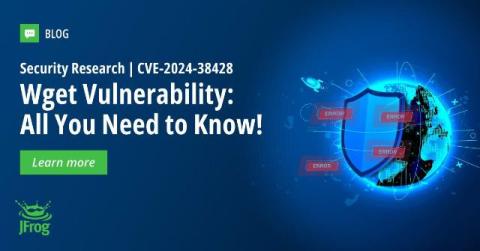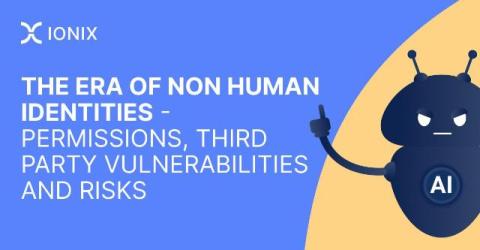CVE-2024-7593 & CVE-2024-7569: Critical Vulnerabilities Impacting Ivanti Virtual Traffic Manager and Neurons for ITSM
On August 12, 2024, Ivanti announced a critical authentication bypass vulnerability in its Virtual Traffic Manager (vTM), identified as CVE-2024-7593. Ivanti Virtual Traffic Manager (vTM) is a software-based application delivery controller that manages traffic flow to ensure high performance, availability, and security for web applications.











